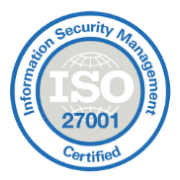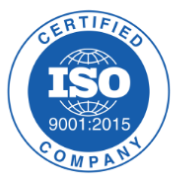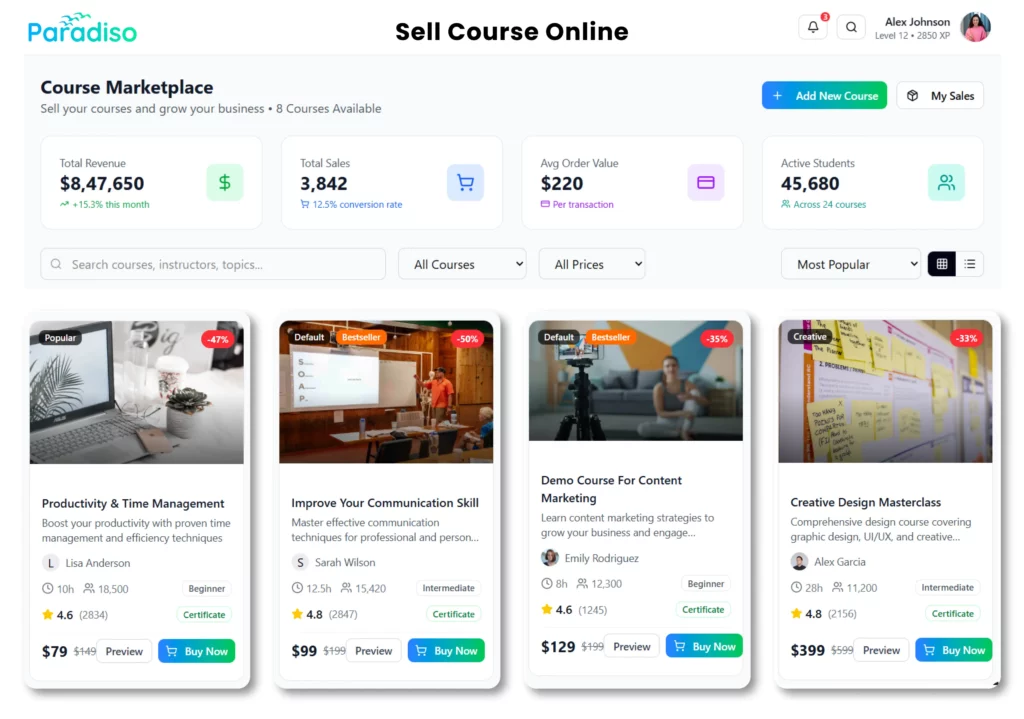In today’s fast-paced digital world, the way we learn and teach is evolving rapidly. The integration of Learning Management Systems (LMS) with smart devices is revolutionizing the educational landscape, creating a seamless and connected learning experience. This transformation is not just a trend; it’s the future of education. As enterprises and educational institutions strive to stay ahead, adopting an LMS with smart device integration is becoming a necessity rather than an option. This blog explores how this integration is shaping the future of connected learning and why it’s essential for modern enterprises.
The Rise of Smart Device Integration in Education
Smart devices have become an integral part of our daily lives. From smartphones and tablets to smartwatches and voice assistants, these devices are changing the way we interact with technology. In the realm of education, smart device integration is transforming traditional learning methods, making them more accessible, interactive, and efficient.
An LMS with smart device integration allows learners to access educational content anytime, anywhere. Whether it’s a student reviewing course materials on their smartphone during a commute or an employee completing a training module on their tablet at home, the convenience and flexibility offered by this integration are unparalleled. This level of accessibility is crucial in today’s world, where remote learning and work-from-home arrangements are becoming the norm.
Why LMS Integrations with Smart Devices Matter
The integration of LMS with smart devices is not just about convenience; it’s about enhancing the overall learning experience. Here’s why this integration matters:
- Personalized Learning Experiences: Smart devices enable LMS platforms to deliver personalized content based on the learner’s preferences, progress, and performance. Adaptive learning algorithms can analyze data from smart devices to tailor the learning experience, ensuring that each learner receives the most relevant and effective content.
- Real-Time Feedback and Analytics: With smart device integration, LMS platforms can provide real-time feedback to learners. For example, a student taking an online quiz on their tablet can receive instant results and suggestions for improvement. Similarly, educators and trainers can access detailed analytics on learner performance, helping them identify areas where additional support may be needed.
- Enhanced Engagement and Interaction: Smart devices offer a range of interactive features, such as touchscreens, voice commands, and augmented reality (AR) capabilities. These features can be leveraged by LMS platforms to create engaging and immersive learning experiences. For instance, an LMS integrated with AR-enabled smart devices can provide virtual lab simulations, allowing students to conduct experiments in a safe and controlled environment.
- Seamless Collaboration and Communication: Smart device integration facilitates seamless communication and collaboration among learners, educators, and trainers. Features like instant messaging, video conferencing, and collaborative document editing can be integrated into the LMS, enabling real-time interaction and teamwork.
The Benefits of Connected Learning for Enterprises
For enterprises, the adoption of an LMS with smart device integration offers numerous benefits that can drive productivity, efficiency, and employee satisfaction. Here’s how connected learning can transform corporate training and development:
- Flexible and On-Demand Learning: Employees can access training materials and courses on their smart devices, allowing them to learn at their own pace and on their own schedule. This flexibility is particularly valuable for organizations with remote or geographically dispersed teams.
- Cost-Effective Training Solutions: By leveraging smart devices, enterprises can reduce the costs associated with traditional training methods, such as in-person workshops and printed materials. An LMS with smart device integration enables organizations to deliver high-quality training content digitally, eliminating the need for physical resources.
- Improved Employee Engagement and Retention: Interactive and engaging learning experiences can boost employee motivation and retention. When employees have access to personalized and relevant training content, they are more likely to stay engaged and committed to their professional development.
- Data-Driven Decision Making: The integration of smart devices with an LMS provides enterprises with valuable data on employee performance and training effectiveness. This data can be used to make informed decisions about future training programs, identify skill gaps, and measure the return on investment (ROI) of training initiatives.
The Future of LMS with Smart Device Integration
As technology continues to advance, the possibilities for LMS with smart device integration are virtually limitless. Here are some trends that are shaping the future of connected learning:
Artificial Intelligence (AI) and Machine Learning: AI-powered LMS platforms can analyze data from smart devices to provide personalized learning recommendations, predict learner behavior, and automate administrative tasks. This level of intelligence will further enhance the learning experience and make it more efficient.
Internet of Things (IoT) Integration: The IoT is connecting devices like never before, and this connectivity is extending to the realm of education. In the future, LMS platforms could integrate with IoT-enabled devices, such as smart whiteboards and wearable technology, to create a fully connected learning ecosystem.
Virtual and Augmented Reality (VR/AR): VR and AR technologies are already being used in education, but their potential is far from being fully realized. An LMS integrated with VR/AR-enabled smart devices could offer immersive learning experiences, such as virtual field trips, 3D modeling, and interactive simulations.
The Future of Learning with AI
As AI continues to evolve, its impact on learning and development will only grow. The integration of ChatGPT into LMS platforms like Paradiso is just the beginning. In the future, we can expect even more advanced AI-driven features, such as predictive analytics, virtual reality (VR) integration, and adaptive learning algorithms. These innovations will further enhance the learning experience, making it more immersive, effective, and accessible.
For enterprises, staying ahead of the curve means embracing these technologies now. By adopting LMS with ChatGPT, organizations can future-proof their training programs and ensure they remain competitive in an increasingly digital world.
Conclusion
The integration of LMS with smart devices is not just a technological advancement; it’s a paradigm shift in the way we approach education and training. For enterprises, adopting an LMS with smart device integration is a strategic move that can drive innovation, improve employee performance, and ensure long-term success.
As we look to the future, it’s clear that connected learning will play a pivotal role in shaping the educational landscape. By embracing this technology, organizations can stay ahead of the curve and provide their learners with the tools they need to thrive in an increasingly digital world.
The future of learning is connected, and the time to act is now. Don’t get left behind—explore the possibilities of LMS with smart device integration and take the first step towards a brighter, more connected future for your organization.

























